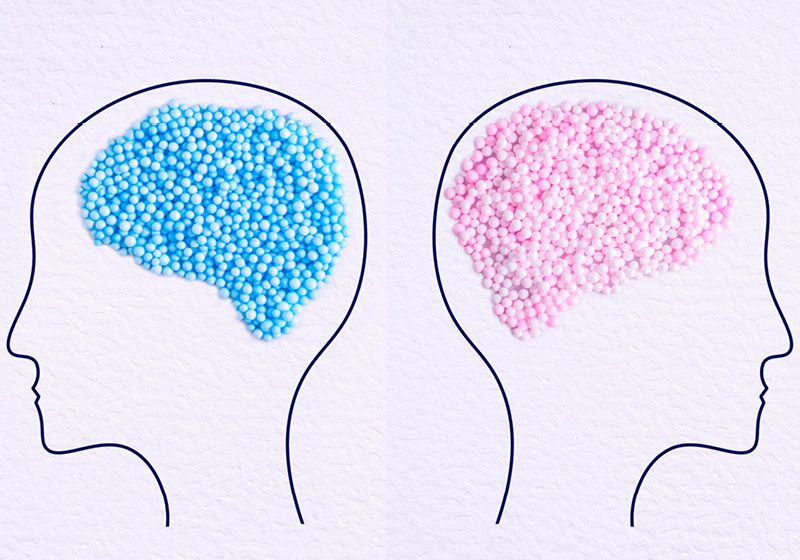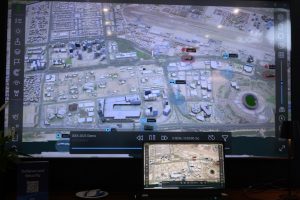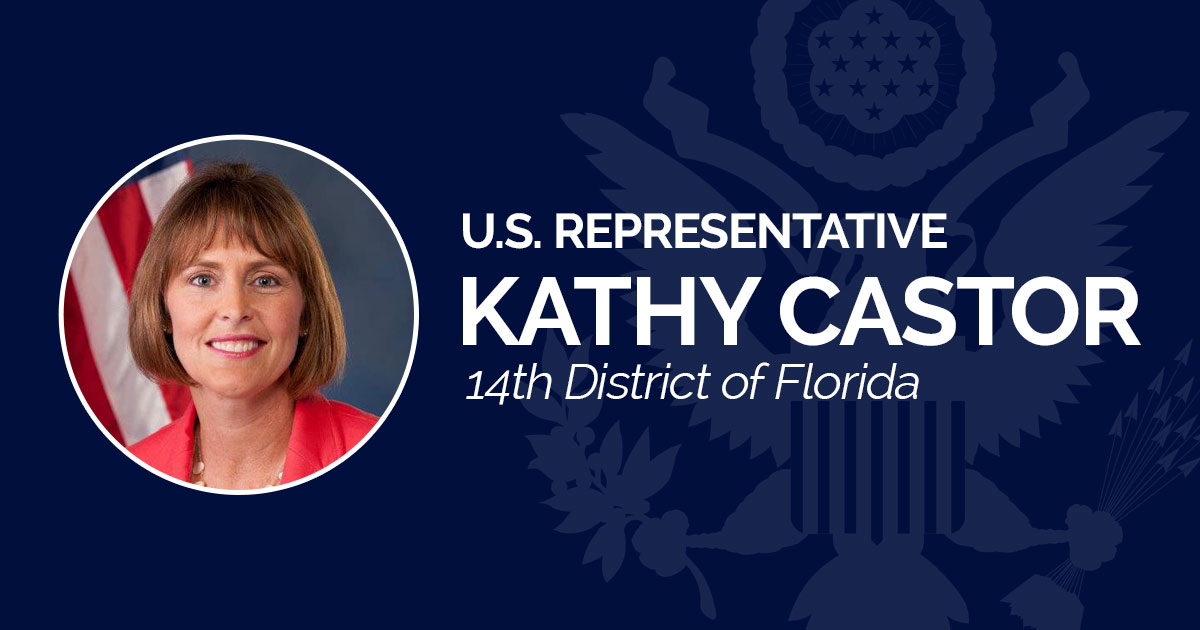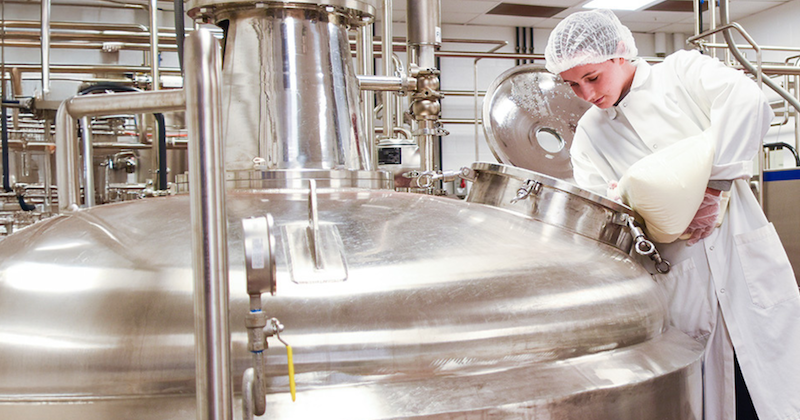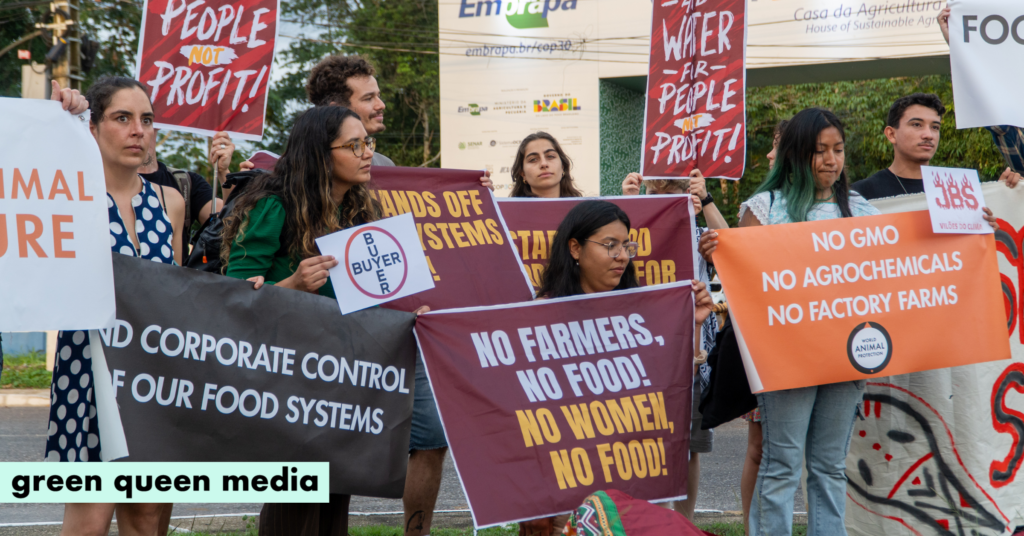For businesses, tariffs eat away at productivity gains and revenue – marketplace.org

Report on the Impact of Trade Tariffs on Sustainable Economic Development
Executive Summary
An analysis of current economic conditions reveals a significant conflict between trade tariff policies and the objectives outlined in the United Nations Sustainable Development Goals (SDGs). While businesses are making strides in productivity and efficiency, aligning with principles of sustainable production, the financial burdens imposed by tariffs are diverting resources away from investments critical to achieving SDG 8 (Decent Work and Economic Growth) and SDG 9 (Industry, Innovation, and Infrastructure). This report examines how tariffs are neutralizing productivity gains, thereby impeding job creation, infrastructure development, and long-term sustainable economic growth.
Hindrance to SDG 8: Decent Work and Economic Growth
Productivity growth is a fundamental driver for achieving the targets of SDG 8, as it directly enables higher wages, increased investment, and sustained economic expansion. However, current tariff structures are undermining these advancements.
Productivity Gains Offset by Tariff Costs
Economists note that productivity improvements are essential for a healthy economy. The gains allow businesses to generate profits that can be reinvested into key areas that support SDG 8, including:
- Investment in new equipment and technology
- Expansion of operations and infrastructure
- Creation of new jobs
- Increased wages for existing workers
However, tariffs function as a tax on these gains. Instead of being allocated to growth-oriented activities, the increased revenue from productivity is redirected to cover the higher costs of imported materials and components.
Case Study: Impact on Job Creation and Business Expansion
The experience of Wolf Tooth Components, a Minnesota-based manufacturer, illustrates this challenge. The company successfully increased its productivity through investments in automation and process optimization. The resulting financial gains were intended for reinvestment to further support economic growth. Due to tariffs on essential materials like aluminum and imported components, the company was forced to take the following actions, which run counter to the objectives of SDG 8:
- Postpone planned hiring of new workers.
- Shelve plans to purchase a new building and expand operations.
- Limit capital investment to immediate, essential needs rather than long-term strategic growth.
Setbacks for SDG 9: Industry, Innovation, and Infrastructure
SDG 9 calls for building resilient infrastructure, promoting inclusive and sustainable industrialization, and fostering innovation. The current trade environment presents a direct obstacle to these goals by discouraging the necessary long-term investments.
Innovation in Sustainable Production
In line with the principles of SDG 9 and SDG 12 (Responsible Consumption and Production), Wolf Tooth Components has actively pursued innovation to enhance production efficiency. The company reports scrutinizing every step of its manufacturing process to reduce waste and optimize output. These efforts represent a tangible contribution to sustainable industrial practices.
Disruption of Investment in Infrastructure and R&D
The primary benefit of productivity gains—the ability to reinvest in innovation and infrastructure—is being nullified by tariff expenses. As macro strategist George Pearkes notes, capital that could be used for future-oriented investment is instead being paid as a government tax. This diversion of funds directly impacts progress on SDG 9 by:
- Stifling investment in research and development (R&D) for new products.
- Preventing the acquisition of advanced machinery and equipment.
- Delaying the development of resilient and modern industrial infrastructure.
Economist Nicole Cervi warns of a potential “scarring effect,” where a sustained lack of investment in R&D and productivity growth could slow overall economic output in the medium term, further distancing the economy from the targets of SDG 9.
Broader Implications for Sustainable Development
Challenges to Wage Growth and Inflation Control
Productivity is a cornerstone for achieving other related SDGs. By enabling companies to absorb rising costs without increasing consumer prices, productivity growth is a key factor in controlling inflation and maintaining economic stability. While this helps in the short term, it is not a sustainable solution if the underlying gains are consistently consumed by tariffs. Furthermore, productivity is described as the “fundamental building block” for unlocking higher wages, which is critical for progress on SDG 1 (No Poverty) and SDG 10 (Reduced Inequalities). When tariff costs absorb productivity gains, this crucial pathway to higher living standards is blocked.
Which SDGs are addressed or connected to the issues highlighted in the article?
-
SDG 8: Decent Work and Economic Growth
The article’s core theme is labor productivity, which is explicitly mentioned as the “fundamental building block” for economic growth, higher wages, and better standards of living. It also discusses how tariffs are hindering a company’s ability to create new jobs.
-
SDG 9: Industry, Innovation, and Infrastructure
The article focuses on a manufacturing company, Wolf Tooth Components, and its investments in new machinery, automation, and process optimization to boost industrial output. It also mentions that plans to expand infrastructure (buying another building) were shelved due to economic uncertainty caused by tariffs.
-
SDG 12: Responsible Consumption and Production
The company’s efforts to improve efficiency are highlighted. The co-owner states, “every one of those [steps] we’re scrutinizing to see where we can take a second out, or two seconds out, or combine steps.” This points to more sustainable and efficient production patterns by minimizing waste of time, energy, and materials.
-
SDG 17: Partnerships for the Goals (specifically Trade)
The central conflict in the article revolves around the impact of the “Trump administration’s tariffs” on a domestic business. This directly relates to international trade policies and their effect on global supply chains, as the company relies on imported components like ball bearings that “aren’t made in the U.S. anymore.”
What specific targets under those SDGs can be identified based on the article’s content?
-
SDG 8: Decent Work and Economic Growth
-
Target 8.2: Achieve higher levels of economic productivity through diversification, technological upgrading and innovation.
The article is centered on labor productivity. Wolf Tooth Components actively pursues this target by buying “more aluminum milling machines, invested in more automation,” and scrutinizing its manufacturing process to boost output.
-
Target 8.5: By 2030, achieve full and productive employment and decent work for all.
The article connects productivity gains to job creation, noting the company’s goal was to “hire more workers.” However, due to tariffs, the co-owner “is holding off on some new hires he wanted to make,” directly impacting employment goals.
-
Target 8.2: Achieve higher levels of economic productivity through diversification, technological upgrading and innovation.
-
SDG 9: Industry, Innovation, and Infrastructure
-
Target 9.2: Promote inclusive and sustainable industrialization.
The article provides a case study of a manufacturing business and the challenges it faces (tariffs) in its efforts to grow and contribute to the economy.
-
Target 9.4: By 2030, upgrade infrastructure and retrofit industries to make them sustainable, with increased resource-use efficiency.
The company’s investment in automation and process optimization (“combine steps”) is a direct effort to increase resource-use efficiency. The article also mentions that the company “shelved plans to buy another building and expand operations,” which is a direct reference to infrastructure upgrading.
-
Target 9.b: Support domestic technology development, research and innovation.
The article warns of a potential “retrenchment away from… interest in research and development” if businesses cannot reinvest their productivity gains. The company’s original goal was to use profits to “develop new products,” an activity now curtailed by tariff costs.
-
Target 9.2: Promote inclusive and sustainable industrialization.
-
SDG 12: Responsible Consumption and Production
-
Target 12.2: By 2030, achieve the sustainable management and efficient use of natural resources.
The company’s focus on scrutinizing every step of its manufacturing process to save time and combine steps is a clear example of striving for the efficient use of resources, including the primary material, aluminum.
-
Target 12.2: By 2030, achieve the sustainable management and efficient use of natural resources.
-
SDG 17: Partnerships for the Goals
-
Target 17.10: Promote a universal, rules-based, open, non-discriminatory and equitable multilateral trading system.
The article implicitly critiques the use of tariffs, which are a barrier to open trade. It shows how these tariffs create negative economic consequences, as productivity gains are used to pay a “new government tax” instead of fostering growth, demonstrating the challenges in achieving an open trading system.
-
Target 17.10: Promote a universal, rules-based, open, non-discriminatory and equitable multilateral trading system.
Are there any indicators mentioned or implied in the article that can be used to measure progress towards the identified targets?
-
SDG 8: Decent Work and Economic Growth
- Indicator 8.2.1 (Annual growth rate of real GDP per employed person): This is the technical definition of labor productivity, which is the central subject of the entire article. The piece discusses how it is measured and its importance for the economy.
- Unemployment/Hiring Rates (related to Indicator 8.5.2): Progress is implied through the discussion of employment. The company’s decision to “hold off on some new hires” is a direct, measurable impact on job creation.
- Wage Growth (related to Target 8.5): The article states that productivity is “the key to unlocking higher wages,” implying that wage growth is a key metric for assessing the benefits of productivity.
-
SDG 9: Industry, Innovation, and Infrastructure
- Investment in R&D and Technology (related to Target 9.b): The article implies this indicator by discussing how tariff costs prevent the company from reinvesting profits to “develop new products” and how this could lead to a “retrenchment away from… interest in research and development.”
- Investment in Machinery and Infrastructure (related to Target 9.4): This is directly mentioned. The company “bought more aluminum milling machines” but “shelved plans to buy another building,” providing clear, measurable actions related to this indicator.
-
SDG 12: Responsible Consumption and Production
- Material and Process Efficiency (related to Target 12.2): The article implies this through the co-owner’s statement about scrutinizing every step “to see where we can take a second out, or two seconds out, or combine steps.” This suggests metrics like production time per unit or material waste per unit.
-
SDG 17: Partnerships for the Goals
- Tariff Rates (related to Indicator 17.10.1): This indicator is central to the article’s conflict. The “Trump administration’s tariffs” and the resulting “aluminum costs spiked” are the primary problem discussed, making tariff levels a key metric.
Table of SDGs, Targets, and Indicators
| SDGs | Targets | Indicators (Mentioned or Implied in Article) |
|---|---|---|
| SDG 8: Decent Work and Economic Growth |
8.2: Achieve higher levels of economic productivity through technological upgrading and innovation.
8.5: Achieve full and productive employment and decent work. |
Labor Productivity Growth: The article’s main topic, measuring output versus time spent.
Hiring Rates: Mentioned via the company’s decision to “hold off on some new hires.” Wage Growth: Mentioned as a key benefit of productivity (“unlocking higher wages”). |
| SDG 9: Industry, Innovation, and Infrastructure |
9.2: Promote inclusive and sustainable industrialization.
9.4: Upgrade infrastructure and retrofit industries for sustainability and efficiency. 9.b: Support domestic technology development, research and innovation. |
Investment in Machinery/Automation: Mentioned by the company buying “more aluminum milling machines” and investing in “more automation.”
Infrastructure Expansion: Mentioned by the company shelving “plans to buy another building.” Investment in R&D: Implied by the goal to “develop new products” and the risk of “retrenchment away from… research and development.” |
| SDG 12: Responsible Consumption and Production | 12.2: Achieve the sustainable management and efficient use of natural resources. | Process Efficiency: Implied by the effort to “take a second out, or two seconds out, or combine steps” in the manufacturing process. |
| SDG 17: Partnerships for the Goals | 17.10: Promote a universal, rules-based, open, non-discriminatory and equitable multilateral trading system. | Tariff Rates: The article is centered on the impact of the “Trump administration’s tariffs” and the resulting spike in costs. |
Source: marketplace.org

What is Your Reaction?
 Like
0
Like
0
 Dislike
0
Dislike
0
 Love
0
Love
0
 Funny
0
Funny
0
 Angry
0
Angry
0
 Sad
0
Sad
0
 Wow
0
Wow
0












